Handwork has a special closeness. It’s the measured breath between an artisan’s hand and the fabric, the slow rhythm of stitch after stitch, and the history woven into every thread. In a world defined by fast fashion, a few of India’s most respected designers have opted for a different pace. They have made tradition and the people who preserve it the centre of their couture. The result is not just nostalgia masked as novelty; it’s a living archive. These garments carry communities, histories and the quiet poetry of human craftsmanship.
Sabyasachi Mukherjee: Guardian of Craft Ecosystems
Sabyasachi Mukherjee has become a symbol of that reverence. His signature is not just ornate surface work; he insists on sourcing and supporting the hands that create those surfaces. Projects like his ‘Save the Sari’ initiative highlight the weaver not only as a supplier but also as a key collaborator.
When Sabyasachi brings a Murshidabad weave or an antique brocade to the runway, it arrives with a history and with livelihoods sewn into its hem. His work stands as a quiet protest against mechanised fashion, reminding us that luxury can honour labour rather than erase it.

Sabyasachi
Pankaj S Heritage: Craft Elevated to Art
Pankaj S Heritage feels like a curator’s study. It is archival, museum-worthy, focused on lineage and devoted to rare techniques. Under the creative vision of Pankaj S Chadha, the label rescues near-extinct weaves and motifs like paithani, jamdani and patola, presenting them as contemporary lehengas and saris that feel inevitable, not outdated.
Each outfit receives careful attention to detail, transforming forgotten techniques into modern masterpieces. Through his work, traditional crafts are reinterpreted without losing authenticity, maintaining their essence while fitting contemporary styles that respect the past.

Pankaj S Heritage
Abu Jani & Sandeep Khosla: Embroidery in Its Grandest Form
The duo Abu Jani & Sandeep Khosla embody a different kind of devotion through a grand display of hand embroidery. For decades, they have passionately enhanced techniques like zardozi, dabka and gota patti. Restoring entire craft clusters through training, research and careful needlework, their couture resembles manuscript illumination, with sequinned scrolls and gold thread patterns connecting to a regional tradition that might have otherwise faded. Their work shows that luxury fashion can stay deeply connected to culture without sacrificing grandeur.

Abu Jani & Sandeep Khosla
Anamika Khanna: Tradition Reimagined
Anamika Khanna approaches Indian craft with a contemporary lens, blending handwoven textiles, draped fabrics and meticulous embroidery into experimental silhouettes. Her signature fusion of traditional textile techniques with deconstructed forms gives old crafts a new narrative. By integrating rare weaving methods and handwork into couture, she ensures that techniques like kantha, bandhni and hand-painted motifs remain visible, relevant and aspirational in the modern fashion world.

Anamika Khanna
Manish Malhotra: Craft in Glamour
Manish Malhotra brings traditional embroidery and weaving to the world of high-glamour couture. His creations often incorporate heavy zardozi, sequin work and hand-embroidered motifs on luxurious silks and organzas, blending Indian craft with a cinematic sensibility. Through his designs, centuries-old techniques reach contemporary audiences, proving that heritage craft can shine in both traditional and modern wardrobes.
Craft as Cultural Renaissance
These designers do more than create beautiful clothing; they support a living craft ecosystem. By reviving handloom weaving, traditional embroidery and local textile techniques, they empower artisan communities, preserve cultural memories and introduce the world to the unmatched skill of Indian craftsmanship. Their work ensures that these ancient arts are not just remembered but actively integrated into modern fashion.
The cultural landscape has shifted, reframing craft as contemporary identity rather than nostalgia. Policy initiatives and curated showcases now champion handloom and heritage techniques, generating demand and rebuilding skills within artisan communities. Paired with the designer’s personal commitment to preservation, this momentum is changing how consumers perceive value. A handcrafted textile is increasingly seen not just as fashion, but as an ethical choice – a meaningful investment in culture, community and continuity.

Beyond Fashion: A Living Heritage
If luxury once meant rarity separate from context, contemporary Indian luxury is learning a new language. Rarity is now defined by human knowledge, time invested and the continuity of practice. Wearing one of these creations invites you to slow down, think about its history and let a centuries-old stitch become, even if for a moment, your own. In that exchange, craft steps off its pedestal and into the renewed rhythms of modern life, which is resilient and deeply human. In places like Aashni + Co, these visionary designers come together under one roof, their stories continue to be shared, celebrated and carried forward, one handcrafted garment at a time.


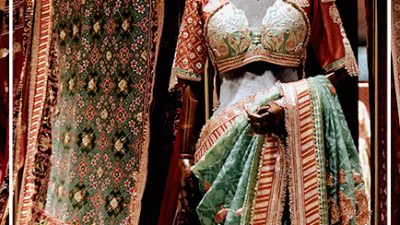
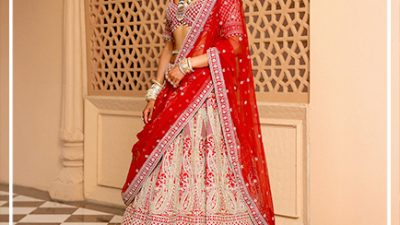


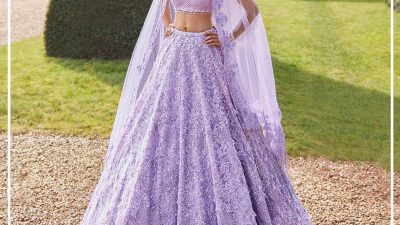
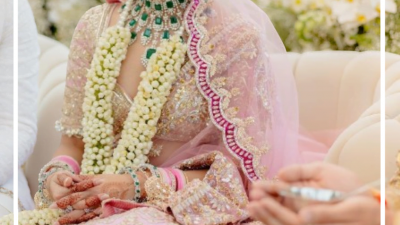
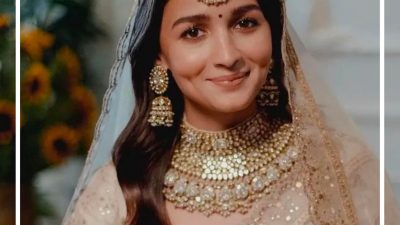
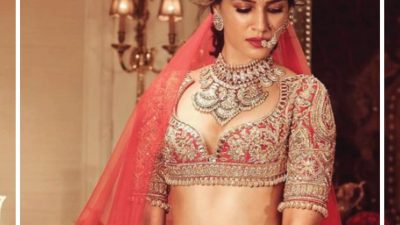
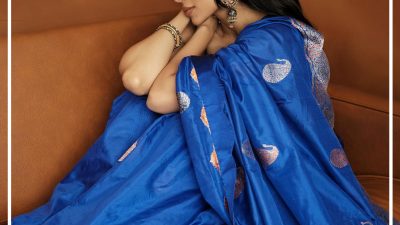
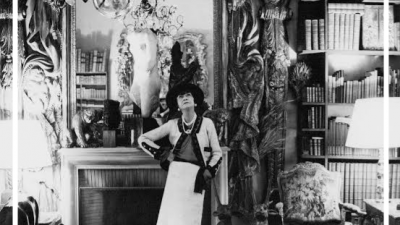
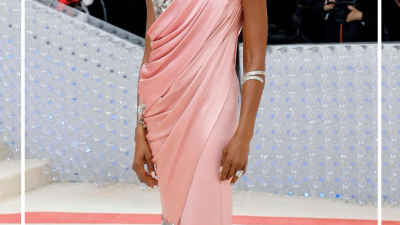
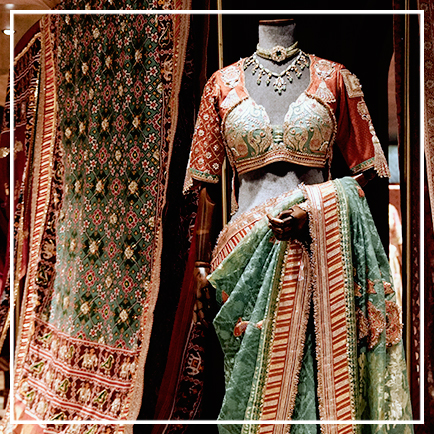
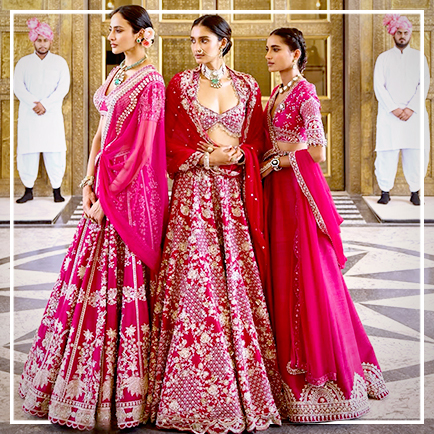
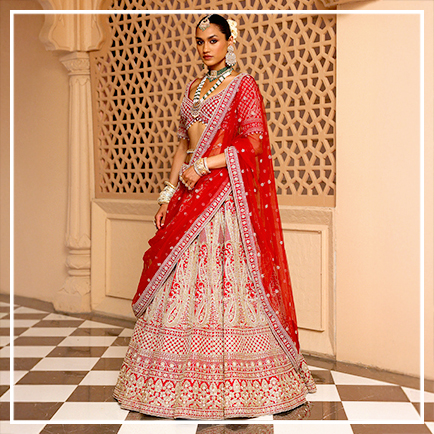
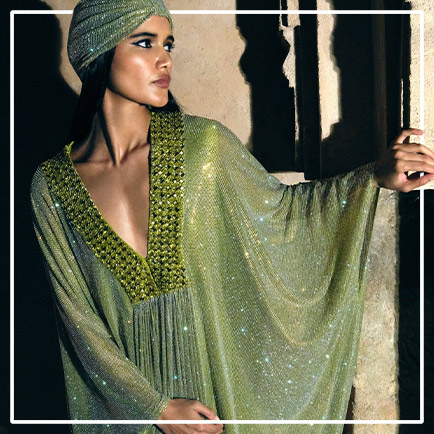


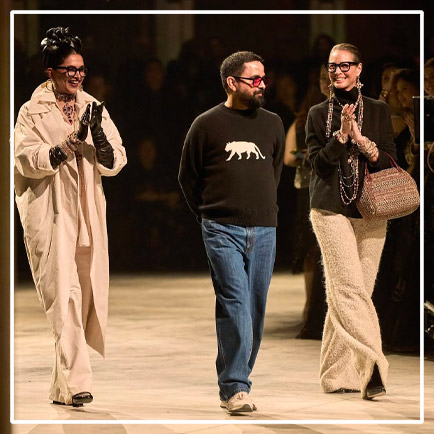
Comments